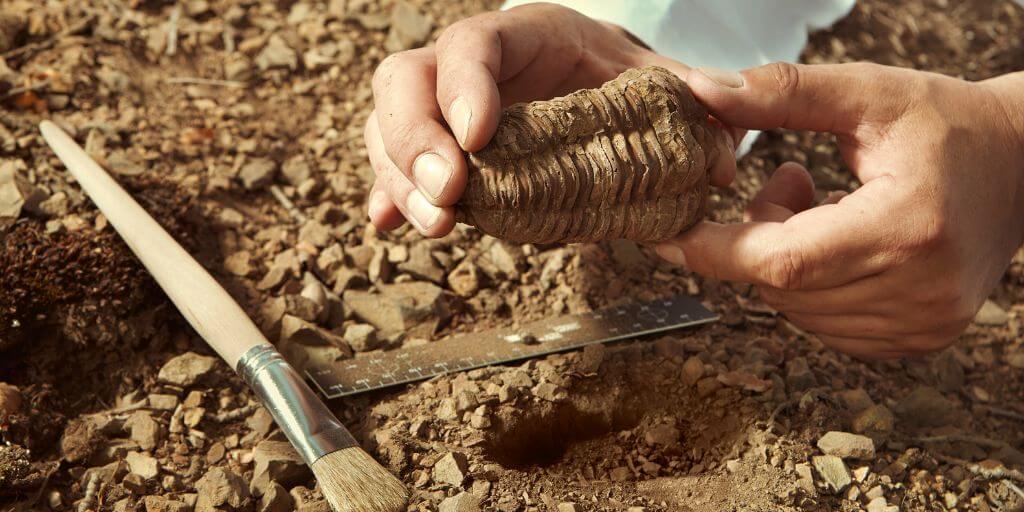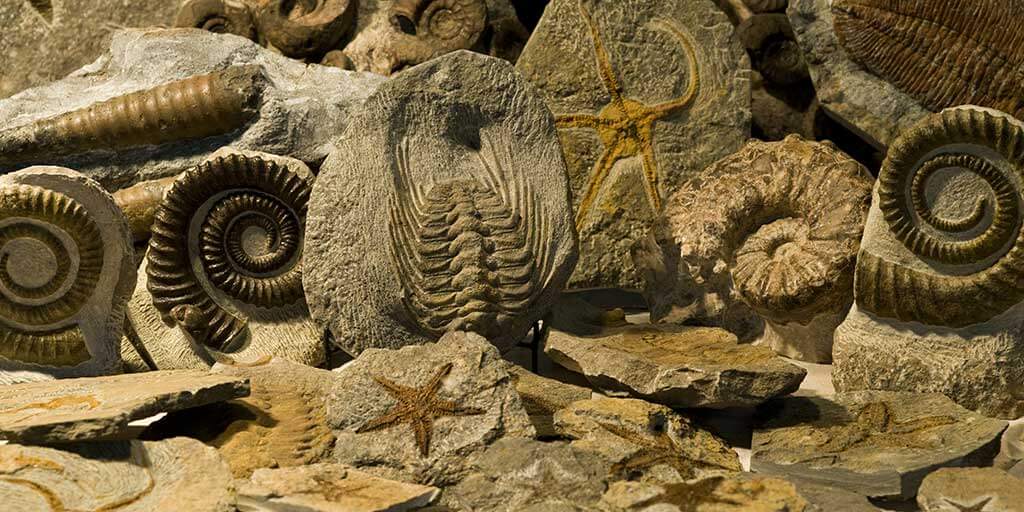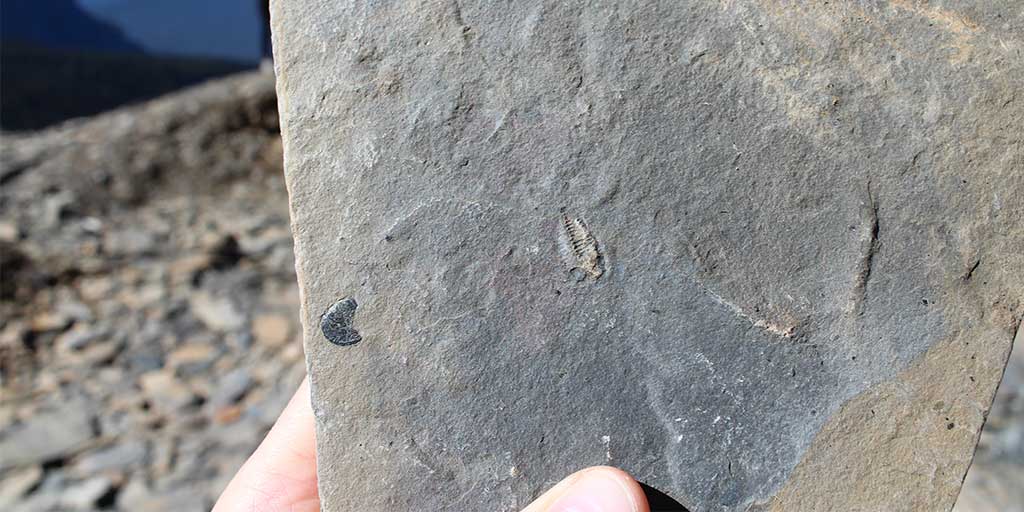Discoveries in the Fossil Record

Dr. John Ankerberg: Dr. Meyer, we’re glad that you are here. And today I want to begin by showing a clip from Illustra Media’s beautiful documentary movie, Darwin’s Dilemma, which gives a quick summary of what scientists have found in the fossil record over the last 150 years. I want you to listen.
Narrator: During the past 150 years, fossil hunters have searched the earth for the many transitional links Darwin’s theory requires.
Paul Nelson: If I sent you on a treasure hunt and said, what I really want is this: you’re going to go out and look for this, whatever it happens to be. Well, if you come at the fossil record with a Darwinian expectation of an abundance of transitionals, that’s what’s going to get you a professorship. You find those transitional forms. So all over the world, in countless outcrops, people have been looking for those forms that would capture the major transitions in the history of life.
Narrator: This search has extended from the walls of the Grand Canyon to the shores of the Irish Sea. And as countless specimens have been excavated one question endures: How complete is the Cambrian fossil record?
Simon Conway Morris: I think the Cambrian fossil record is surprisingly complete. I think it may be more complete than we realize. The reason for that is, for instance, if you look at the stratigraphy of the world, if I go and collect Cambrian rocks in Wales and find certain fossils, if I then go to China I don’t find the same species, but I find the same sorts of fossils. If I go into carboniferous rocks: I go to Canada they’re the same as what I find in this country. So there is a clear set of faunas and floras which take us through geological time. The overall framework is falling into position.
Paul Nelson: There’s no question that if you dig and sample more you’re going to find new kinds of fossils. But generally speaking the fossils that we find fall into groups that we already knew about. When you see that, what I think nature is telling you is you’ve got a pretty good sample of the history of life on earth. The groups that you already had established are the ones that capture the new fossils.
Dr. John Ankerberg: Now, Stephen, we’ve been talking of the mystery of the pre-Cambrian ancestral fossils. And I want you to start by putting the little clip that we saw in context. What is the Cambrian explosion exactly? And then you say besides the fossils there’s another problem as well. I want you to explain that.
Dr. Stephen Meyer: Right. Well, we have been talking about the Cambrian explosion and a doubt that Darwin had about his own theory; not whether the theory was true—he was convinced it was—but he was concerned that his theory couldn’t explain all the evidence, including a key piece of evidence about the origin of animal life on earth. And that is what the Cambrian explosion is all about. It’s the sudden appearance or the abrupt appearance in the fossil record of most of the major groups of animals that have ever existed on earth.
If the fossil record is incomplete, significantly incomplete, then we could say, well, you know, those missing ancestral fossils in the pre-Cambrian rocks that we expect to be there, given Darwin’s theory, maybe just haven’t been found yet. That was something that Darwin thought was a possibility to explain this abrupt appearance of fossils in the Cambrian period. He thought, well, maybe the missing ones in the lower pre-Cambrian layers are only missing from our point of view; that we just haven’t found them yet. We haven’t looked hard enough.
But 155 some odd years later, that’s not a very plausible explanation, especially, as several of the scientists were saying in the previous clip, especially since the pattern of fossilization that we find just keeps getting reinforced by new fossils. And the new fossil finds have also made our awareness of just how explosive the Cambrian event was. What we’ve learned is the Cambrian event is even more explosive than Darwin realized, because there are many new forms of life that have emerged, but they too are lacking discernable ancestors in the lower pre-Cambrian strata. So, the fossil evidence has created a big mystery. I call that in my book the mystery of the missing fossils.
But as you allude to, there’s also a second and deeper mystery. And that is the mystery of how the evolutionary process could have built these animals. It’s an engineering problem. As we’ve learned more about what it takes to build an animal, what’s inside cells and how animals develop, that mystery has become much more acute.
We’ve learned, for example, in the second half of the 20th century, that digital information stored in DNA is critical to building the proteins that keep cells and animals alive. So when you get a big explosion of new animal form in the fossil record, you’re really looking at evidence of a big explosion of information, of digital code literally. And so that raises a big question, where does that come from?
On top of that, when we’re looking at an animal, we’re looking at something like a body architecture, what scientists call a body plan, which is a unique arrangement of body parts and tissues. So DNA is really necessary to build the small components called proteins that are inside cells that keep cells and animals alive. But we’ve now learned that there are additional levels of assembly instructions necessary to organize cells into tissues, and tissues into organs and the organs and tissues into these larger body architectures. And that has raised a second and even more profound question about where these body plans come from and how they would have been built by the evolutionary process.
Extracted from our series The Case for Intelligent Design, available through our website: https://jashow.org/resources/the-case-for-intelligent-design/








